Blog
Filtering by category "Tutorial"

Implementing Detail Pages in CrafterCMS
In this blog we cover what the Detail Page pattern is, why it is useful, what a real world example looks like and how to implement it in your CrafterCMS environment.

Basic JDBC Integration
In this blog we'll cover basic JDBC-based Integration between CrafterCMS and an external databases such as SQLServer, Oracle, MySQL, MariaDB, and PostgreSQL.
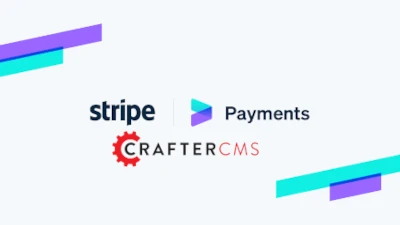
Integrate the Stripe Online Payments Platform with CrafterCMS
In this tutorial, we will illustrate how to integrate Stripe payment subscriptions with CrafterCMS and develop and install this integration as a plugin in your project. This plugin endows a payment plans page for your website in which you can freely modify its content, encompassing adding or removing payment plans via the Experience Builder. When your website’s users select a plan, they will be redirected to the Stripe payment gateway to subscribe with a credit card.

Integrate the DocuSign eSignature platform with CrafterCMS
DocuSign is an electronic signature platform that allows users to sign and send documents securely. Integrating DocuSign with CrafterCMS lets you easily manage and sign your documents directly from any site or app built on the headless CMS. In this tutorial, we will demonstrate how to integrate the DocuSign eSignature API with CrafterCMS and build a plugin for your next CMS project.
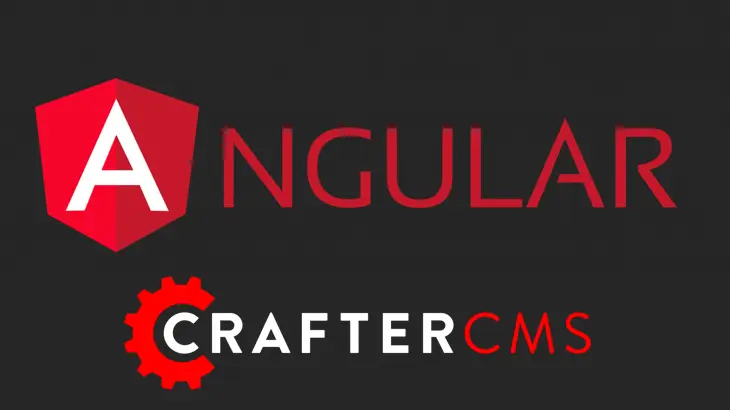
CMS for SPAs: Building Angular Apps with CrafterCMS 4.0.x
Follow this tutorial to learn how to build SPAs using Angular and CrafterCMS 4.0 Import your Angular app, create a content model, link your headless services and configure content editing.
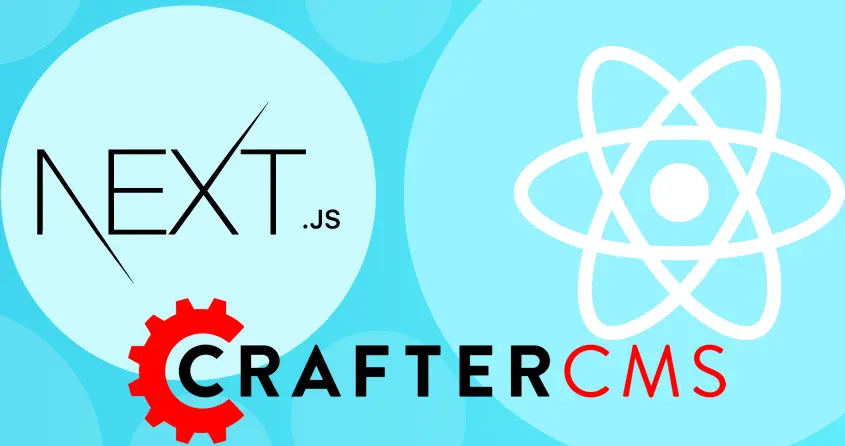
CMS for SPAs: Building NextJS Apps with CrafterCMS 4.0.x
Follow this tutorial to learn how to build React-based SPAs using NextJS and CrafterCMS 4.0 Import your NextJS app, create a content model, link your headless services and configure content editing.
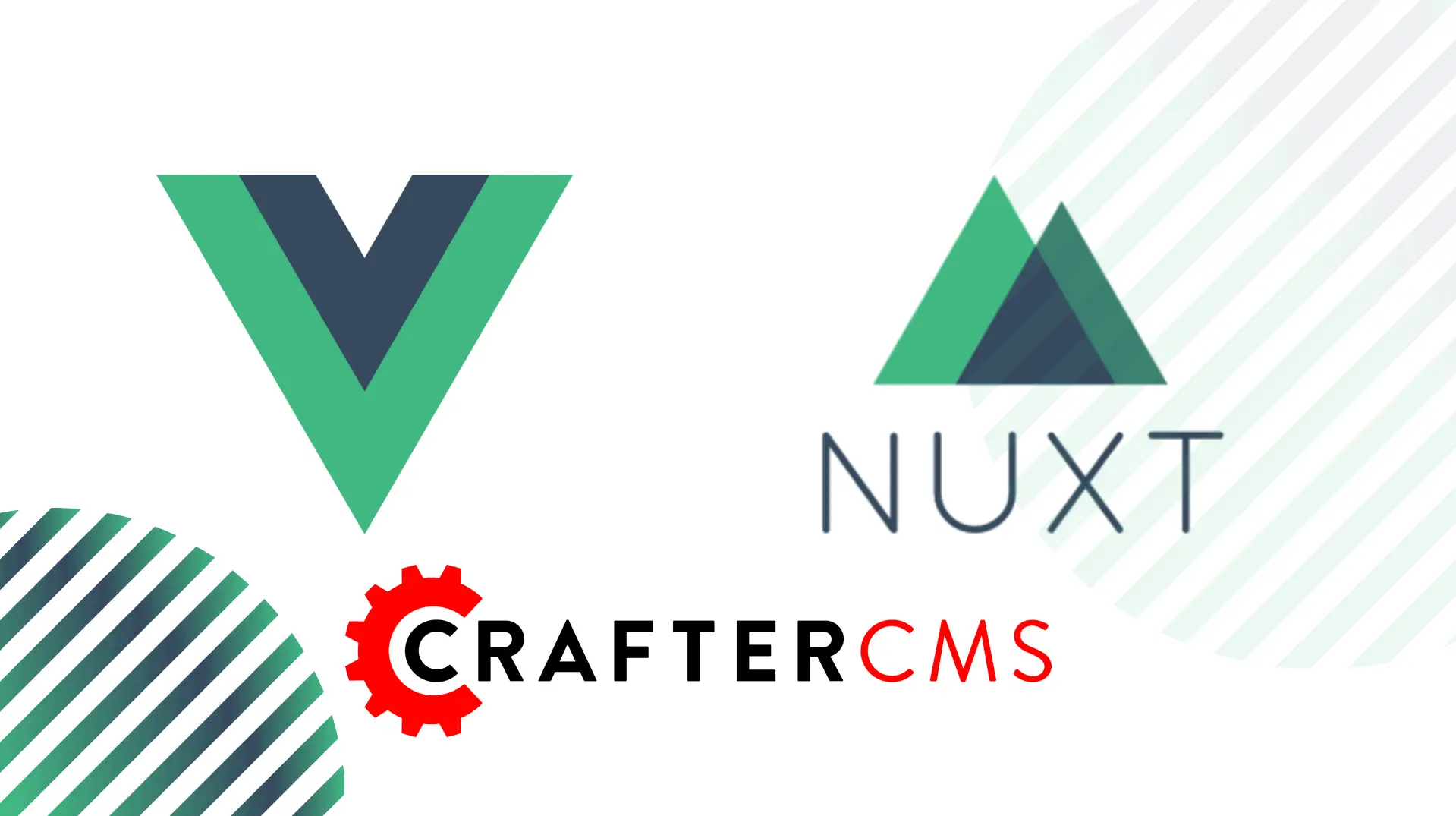
CMS for SPAs: Building Vue and Nuxt Apps with CrafterCMS 4.0.x
Follow this tutorial to learn how to build content-enabled SPAs using Vue and Nuxt and CrafterCMS 4.0 Import your Nuxt app, create a content model, link your headless services and configure content editing.

CMS for SPAs: Building React Apps with CrafterCMS 4.0.x
Traditional (legacy) CMS platforms are not designed to handle headless content, while most headless CMS platforms aren’t full-featured and have only basic content authoring support. CrafterCMS provides a full-featured content authoring toolset combined with comprehensive headless CMS capabilities for developers, and this combination is quite unique. In this tutorial, you will learn how to create a content-rich, React-based Single Page Application (SPA) with in-context editing and other easy to use authoring capabilities.
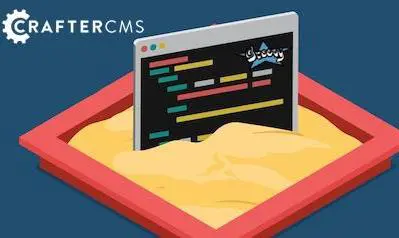
Working with the CrafterCMS Groovy Sandbox
CrafterCMS supports a powerful Groovy-based scripting layer for server side programming. CrafterCMS's configurable sandbox policies determine what the scripting layer can and cannot do. Some syntax is more likely to trigger sandbox flags than others. Follow this guide to learn a few tips and tricks for working within the sandbox without needing to modify policies.

Using NextJS with CrafterCMS 3.1
Next.js is a React JavaScript framework that enables you to develop fast, user-friendly applications by combining server-side rendering with statically created pages. Some reasons for using Next.js include speed, performance, and scalability. Th

Integrating Okta with SAML2 to Crafter Engine
Today, within a modern cloud-based application, there are many cases where application end users want to use Single Sign-on (SSO). In which case, users log in to an Identity Provider for identifying, then use this information to authenticate to many services without the need to re-enter credentials information. In this tutorial, we demonstrate such an authentication method by using Okta with SAML2 for Crafter-powered end user software applications such as websites, portals, mobile apps and more.

Using Macros to Structure Asset Folders in CrafterCMS
Static assets are media (images, videos, etc.) or any document/binary files which are used in your site. A CrafterCMS site stores all assets under `/static-assets` directory of Studio. If your site is growing, there is a chance that you and your team will need to upload and manage a huge number of assets. Without a well-designed directory structure, this may lead to authoring usability and performance issues. In this tutorial, we introduce how to use a macro to structure static assets directory. This will help authors upload files to designated folders or even select which folder to upload to without the need of understanding the below form control.